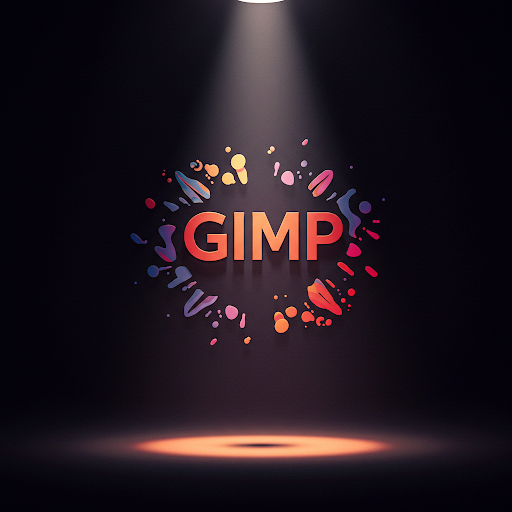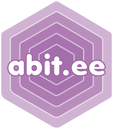An in-depth exploration of GIMP - a universal image editing software offering professional tools completely free of charge.

Introduction to GIMP
GIMP (GNU Image Manipulation Program) is a powerful and versatile image editing software with open-source code, rightfully considered a worthy alternative to commercial image processing programs.
Development History
GIMP's development began in 1995 by Spencer Kimball and Peter Mattis as a student project at Berkeley University. Initially created as a Unix application, GIMP has gradually transformed into a cross-platform tool with a massive community of developers and users.
Installation and System Requirements
Supported Operating Systems
- Windows: Full support from Windows 7 and above
- macOS: Works through X11 or with special builds
- Linux: Native support, available in most distributions
- BSD: Full compatibility
Minimum System Requirements
- Processor: 64-bit, 2 GHz
- RAM: 4 GB (recommended 8 GB)
- Graphics Card: OpenGL support
- Disk Space: from 2 GB
Interface and Working with the Program
Interface Structure
GIMP offers a flexible and customizable interface that can be adapted to individual user needs:
- Dockable Panels: Ability to move and group tools
- Multi-window Mode: Working with multiple images simultaneously
- Dark and Light Themes: Customizing visual style
Tools and Capabilities
Editing Tools
- Selection: Rectangular, elliptical, free, by color
- Brushes: Over 100 built-in brushes, ability to create custom ones
- Cloning: Precise copying of image areas
- Color Correction: Levels, curves, color balance, hues and saturation
Working with Layers
Advanced layer system allows:
- Creating unlimited number of layers
- Using blending modes
- Applying masks and transparency effects
- Grouping and organizing layers
Filters and Effects
GIMP offers over 150 built-in filters, including:
- Blur and sharpness
- Artistic effects
- Distortions
- Noise reduction
- Creating shadows and glows
Extensibility
Plugins and Scripts
One of GIMP's main advantages is its openness and extensibility:
- Thousands of plugins from the community
- Support for Python and Scheme scripts
- Ability to create custom extensions
File Formats
Supported formats:
- Raster: PNG, JPEG, BMP, TIFF
- Vector: SVG (with limitations)
- Specialized: PSD, XCF (GIMP's native format)
Areas of Application
- Photo restoration
- Digital graphics creation
- Printing design
- Web image preparation
- Creating illustrations
Advantages and Disadvantages
Pros
- Completely free
- Open-source
- Regular updates
- Powerful functionality
- Cross-platform
Cons
- Difficult to learn for beginners
- Less intuitive interface compared to Adobe Photoshop
- Some professional features require plugin installation
GIMP Alternatives
- Adobe Photoshop
- Krita
- Paint.NET
- Pixlr
- Photopea
Conclusion
GIMP is a powerful image editing software that can replace paid analogues for most image processing tasks. Despite initial complexity in learning, the program offers professional tools completely free of charge.
Official Website
Download the latest version of GIMP and get additional information on the official website: https://www.gimp.org




